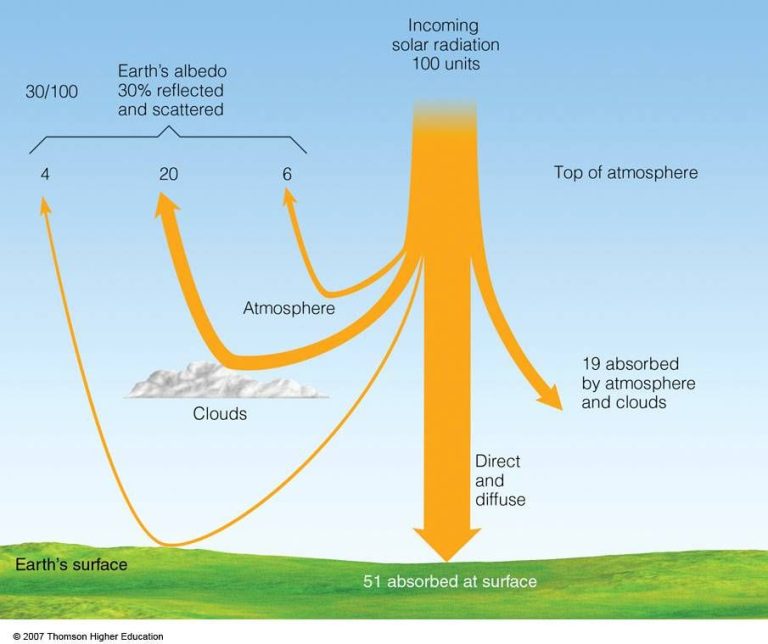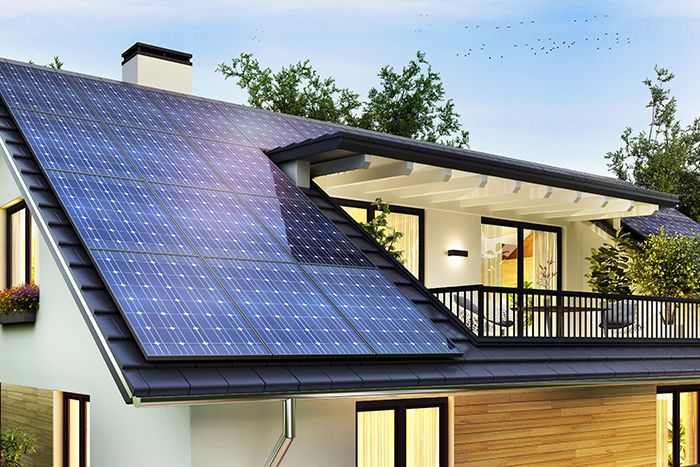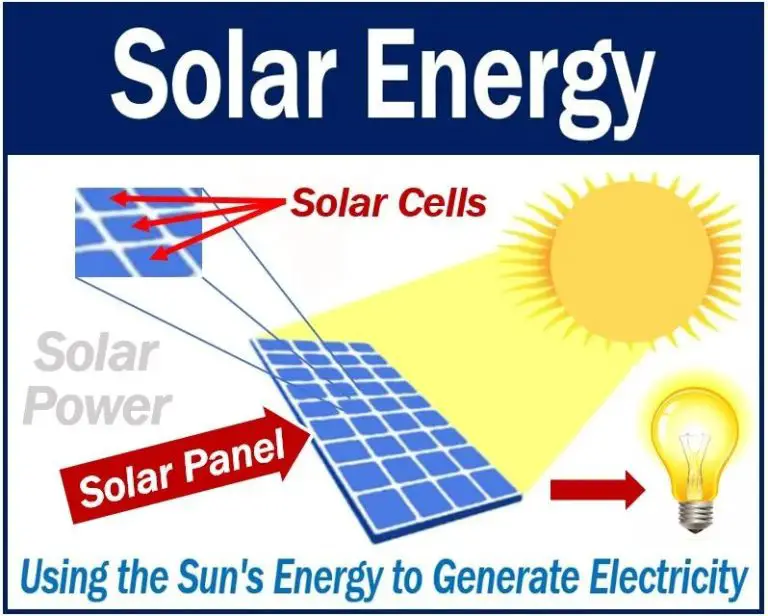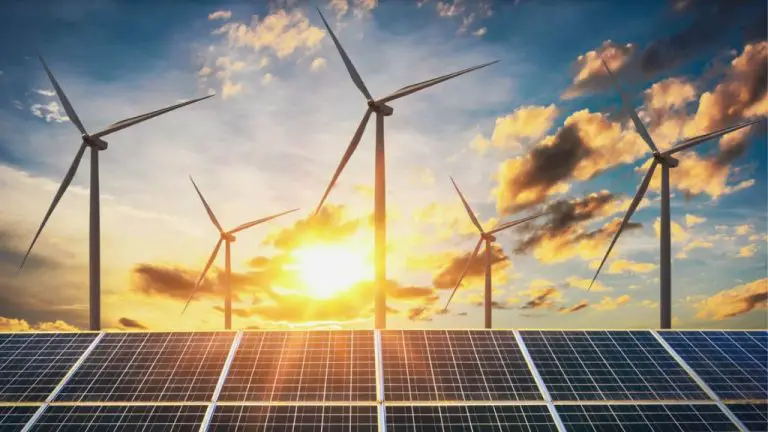Can Solar Energy Be Stored And Used At Night?
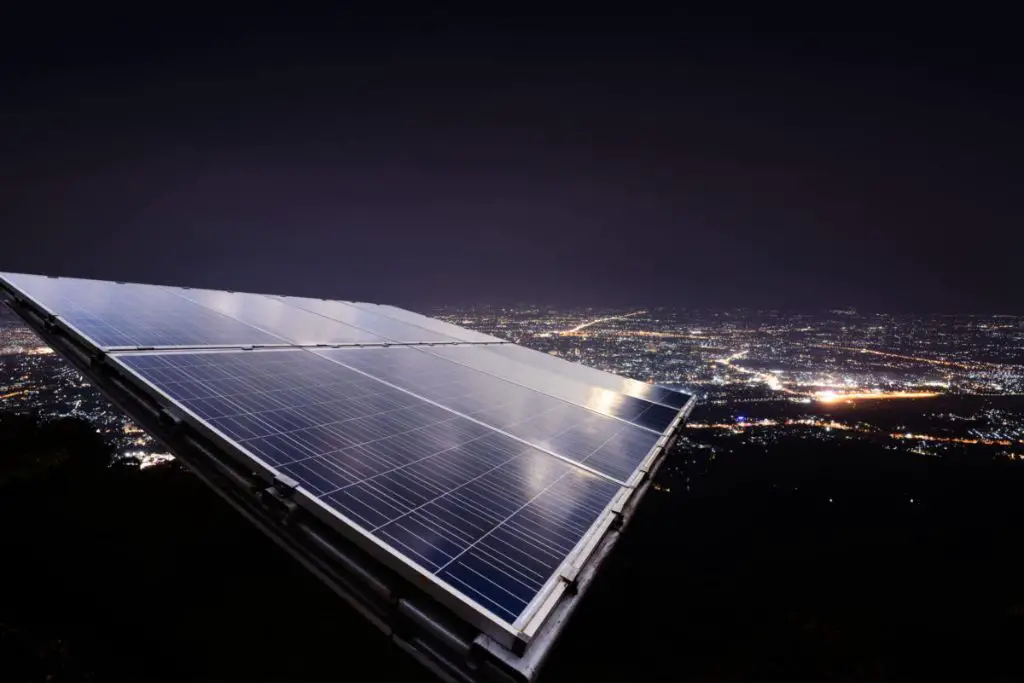
Solar energy is generated during the daytime when sunlight strikes solar photovoltaic (PV) panels. The energy from the sun is converted into electricity that can directly power homes, businesses, and the grid (1). However, solar energy cannot be generated at night when the sun is not shining. Storing solar energy allows the electricity generated during the day to be used at night or during cloudy weather. This enables solar power to provide continuous energy generation even when the sun is not shining (2).
Energy storage is key to increasing the flexibility and reliability of solar energy. Stored solar energy can be dispatched on demand, rather than only when the sun is shining. This makes solar energy more useful as a widespread energy source. Solar energy storage also reduces the duck curve effect, which refers to the steep ramp up in electricity demand in the evening after solar generation drops off (1). Overall, storing solar energy allows for greater grid stability, optimization of solar energy use, and around-the-clock clean energy (2).
How Solar Panels Work
Solar panels work by converting sunlight into electricity. They are made up of photovoltaic (PV) cells, which are made from materials like silicon that absorb photons from sunlight and release electrons. When sunlight hits the solar panel, photons from the light are absorbed by the PV cells, causing electrons to be set free. The flow of these electrons generates an electric current, which is captured and turned into usable electricity (Nationalgrid.com, 2023).
The PV cells are arranged into larger units called modules or panels. Most residential solar panels are made up of 60 PV cells, while commercial solar panels may contain 72 cells or more. Multiple panels can then be wired together to form solar arrays to generate more electricity. The direct current (DC) electricity generated by the solar panels is converted into alternating current (AC) using inverters to make it compatible with household electric systems and appliances (Nationalgrid.com, 2023).
Challenges of Solar at Night
The biggest challenge with solar power is that solar panels need sunlight to generate electricity. Solar panels work by absorbing photons from sunlight and converting them into electricity through the photovoltaic effect. Without sunlight, solar panels cannot produce any power (source).
At night when the sun has set, solar panels receive no sunlight and therefore produce no electricity. Even on cloudy days when sunlight is diffuse and weaker, solar panel output can drop by 50-80%. This intermittency is the core limitation of solar power (source).
Since modern society requires electricity 24/7, the lack of sunlight at night presents a major challenge for relying solely on solar power. Additional technologies are needed to store and dispatch solar energy generated during the day for use at night when solar panels cannot produce electricity.
Batteries for Storing Solar Energy
One of the most common ways to store solar energy is through batteries. When solar panels generate more electricity than is immediately needed, the excess can be stored in batteries for use at night or during cloudy weather. The most widely used battery technology today is lithium-ion batteries, similar to the batteries used in laptops, cell phones and electric vehicles. Large-scale battery storage systems use many of these lithium-ion batteries connected together. They allow solar power generated during the day to be stored and discharged at night to meet electricity demands.
Battery storage provides a simple and efficient solution, especially for smaller solar panel systems like in homes or businesses. The batteries can be charged directly from solar panels when the sun is shining, then homeowners can benefit from solar power around the clock. Grid-scale battery systems also help utilities better manage the variable nature of solar and wind power and provide more flexibility and reliability on the electric grid.
Prices for lithium-ion batteries have been steadily declining, improving the economics of solar energy storage. However, the capacity of batteries is still limited. Batteries alone are generally not feasible for storing very large amounts of surplus solar power from utility-scale solar farms. Other techniques like pumped hydro storage may be better suited for grid-scale storage needs.
Pumped Hydro Storage
Pumped hydro storage is a form of energy storage that pumps water from a lower reservoir to an upper reservoir when electricity supply exceeds demand. The water is stored as gravitational potential energy in the upper reservoir. When electricity demand is high, the water flows back downhill through turbines to generate electricity. This allows renewable energy like solar and wind to be stored for use when the sun isn’t shining or wind isn’t blowing.
During periods of low electricity demand, excess generation capacity is used to pump water into the upper reservoir. When demand grows, water is released back into the lower reservoir through a turbine. Pumped storage hydropower is the largest-capacity and most cost-effective form of grid energy storage available today according to the Department of Energy. Over 90% of utility-scale energy storage in the United States is pumped hydro storage.
The round-trip efficiency of pumped hydro storage, from energy used to pump water uphill to electricity regained when water flows downhill, can be as high as 80-90%. Pumped hydro provides a clean way to effectively store energy from variable renewable sources like solar and wind for use 24/7.
Compressed Air Storage
Compressed air energy storage (CAES) is a way to store energy generated from renewable sources like solar and wind for later use when energy demand is high. CAES works by using excess electricity to compress air and store it in large underground reservoirs, usually salt caverns or porous rock reservoirs. When electricity is needed, the pressurized air is heated with natural gas or renewable biogas and expanded through a turbine to generate electricity.
The main advantage of CAES is its storage capacity. Salt caverns and rock reservoirs can store vast amounts of compressed air to provide electricity on demand. For example, the McIntosh CAES plant in Alabama can provide up to 226 megawatts of electricity for over 26 hours. CAES also has a long lifetime with minimal degradation in storage capacity over decades of operation.[1]
However, a drawback is that natural gas is often used to heat the compressed air before the turbine, which reduces the renewable energy utilization. Advanced adiabatic CAES systems are being developed to capture and reuse the heat from compression to improve efficiency and enable near 100% renewable integration.
Thermal Storage
One way to store solar energy is through thermal storage systems. These systems collect heat from the sun and store it for later use when solar energy is unavailable. Thermal storage allows concentrated solar power plants to continue generating electricity even when the sun isn’t shining (Energy.gov, n.d.).
Thermal storage systems work by using materials that can store large amounts of heat, like molten salts. During the day when the sun is shining, the salts are heated to very high temperatures, up to 1050°F. The hot salts are then stored and used to produce steam to generate electricity at night or on cloudy days (MIT News, 2016). Stored heat can also be used directly for hot water and space heating applications.
Thermal storage provides a cost-effective way to store massive amounts of solar energy. It allows solar power plants to operate on-demand and provide electricity around the clock. With thermal storage, solar can become a reliable baseload power source.
Flywheel Energy Storage
Flywheel energy storage maintains rotational energy, or inertia, to store energy for later use. This is done by accelerating a rotor (flywheel) to a very high speed and keeping it spinning to maintain the energy in the system [1]. When energy needs to be drawn from the system, the inertia of the flywheel powers an electric generator to produce electricity.
The energy stored in a flywheel is proportional to the square of its rotational speed. The faster it spins, the more energy it can store. Modern flywheels can reach extremely high speeds, up to tens of thousands of revolutions per minute, and are made of composite materials like carbon fiber for strength while keeping weight low. This allows flywheels to store large amounts of energy in a compact system.
Flywheels excel at rapidly storing and discharging energy, making them useful to handle fluctuations in electricity supply and demand. For example, flywheels can help stabilize power grids by soaking up surges and filling in dips in the electrical flow [2]. They also work for energy storage along with renewable sources like solar panels, capturing excess solar energy during the day to provide power at night when the sun isn’t shining.
Hydrogen Fuel Cells
One promising solution for storing solar energy is using it to generate hydrogen fuel through electrolysis. During daylight hours, solar panels can provide electricity to split water molecules into hydrogen and oxygen. The hydrogen can then be stored and used in fuel cells to generate electricity at night.
Fuel cells combine hydrogen and oxygen back into water to produce an electric current. The hydrogen acts as an energy carrier, able to store the power harnessed from sunlight during the day. Fuel cells are modular and scalable, making them a flexible technology.
While hydrogen fuel cells are not yet widely adopted, they have the potential to provide solar-powered energy 24/7. Excess solar electricity can be used to produce as much hydrogen as needed, allowing full utilization of solar panels. Water and space are essentially the only requirements for unlimited storage. With more development, hydrogen fuel cells may become a major enabling technology for round-the-clock solar energy.
Conclusion
In summary, there are several promising methods for storing solar energy to enable its use at night when the sun is not shining. Batteries, especially lithium-ion, are currently the most widespread and commercially available technology. However, they have limitations for long-duration storage. Other methods like pumped hydro, compressed air, thermal storage, flywheels, hydrogen fuel cells, and more are areas of active research and innovation. Each method has its own advantages and challenges. Continued progress in solar storage technology will be key to enabling high penetration of renewable solar energy into the electric grid. With sufficient advancements, solar paired with storage can provide clean electricity 24 hours a day.

